The Cardinals drafted wide receiver Michael Floyd in the first round in 2012 when they needed an offensive lineman, choosing not to reach for a pick and sticking with the player they had rated higher.
The name came quickly from Terry McDonough: Justin Blackmon.
In 2012, McDonough was working in the front office of the Jacksonville Jaguars, a team desperate for a wide receiver. The Jaguars were picking seventh overall, and their crying need could be answered by an Oklahoma State star who had run into off-field issues. When the Jaguars dealt their fourth-round pick to flip with Tampa Bay and choose fourth overall, their options only increased.
Wide receiver Justin Blackmon was there. So was Boston College linebacker Luke Kuechly.
"But we didn't need linebackers," McDonough recalled. "The better player is and was Kuechly. But receiver was such a need there was a push to take Blackmon. You see how that worked out."
Kuechly, drafted by Carolina, is one of the best defensive players in the league. Blackmon is indefinitely suspended from the NFL, unlikely to play in 2014. McDonough is now the vice president of player personnel with the Cardinals, working for a
front office that is cognizant of avoiding the dreaded quicksand of draft-day need.
"Drafting for need" is a foul phrase in the NFL. In reality, it always plays a part, because every team has varying levels of need.
Cardinals general manager Steve Keim went into the offseason specifically shopping for players in free agency so that need could be shoved to the side come the draft. That's why Jared Veldheer was such a priority when the Cards signed the left tackle all but immediately. Why Ted Ginn made sense as a speed receiver and a kickoff returner. And why the signing of cornerback Antonio Cromartie proved to be so fortuitous.
When coach Bruce Arians said at the team's pre-draft press conference "we really don't have a glaring need" it wasn't about a smokescreen. Sure, the Cardinals will search for specific positions. They could use a safety, depth on the defensive line, a young pass rusher, a quarterback of the future. Not drafting for need just means a team doesn't have to reach for anyone.
"When you are sitting as the general manager, you are trying to supply your coaching staff with the right amount of talent to succeed," Keim said. "When you know there is a glaring hole, it puts pressure on you. You want to keep those guys happy. You want to keep your fan base happy. Everyone knows. The fans are educated enough – they know where our needs are.
"At the same time, I've always had the firm belief watching and growing in this business that your needs in May and April
are always different than your needs in October. Whether it is contracts, injuries, there are always circumstances that change needs. It's too hard for me to put too much emphasis on need when at the end of the day, as long as you are doing what you think is right for the organization."
Drafting for need can have painful ramifications. In 2009, the Cardinals were looking for a pass rusher. Connecticut's Cody Brown was the team's second-round pick. It wasn't that the team didn't believe Brown could be productive, but there is little question a search for a young pass rusher strongly factored into the decision. Brown got hurt in the preseason of his rookie year and was cut at the end of the preseason the next season. He never played a game in the NFL.
It doesn't have to be a total washout, either. In 2003, the Cardinals decided to trade down from their sixth overall pick – forgoing a chance to take defensive end Terrell Suggs – to the 17th and 18th picks of the first round. The idea was to take defensive end Jerome McDougle, but the Eagles ended up grabbing McDougle at 15th overall. Desperate to find a defensive end that could get to the passer, the Cards took Wake Forest's Calvin Pace, who wasn't really considered a first-round talent.
Pace turned out to be decent and got better later in his Arizona tenure, but he never could escape the shadow of Suggs and certainly was not as productive.
"It's a balancing act," McDonough said. "There is a fine line between overdrafting for need and taking the best available player. I think you can overdraft a guy because of need and it can come back to haunt you. If the players you are looking at are all of equal value, then you probably consider the greatest need."
Arians saw it up close in his most recent season in Indianapolis, where the Colts in 2012 – after taking quarterback Andrew Luck first in the perfect marriage of need and talent – the team selected a tight end in the second round (Coby Fleener) and in the third round (Dwayne Allen) because, Arians said, the Colts simply had no tight ends on the roster.
Now, "when you have 22 to 25 guys who are locked in (to spots), then where is the shortest amount of depth?" Arians said. "Who can beat out who for a second spot? Who can eventually become a big-time starter?
"(Drafting without need) is as comforting as it gets. We couldn't say that last year because we didn't know who we had."
Keim sees the landscape of a roster simply that there is no position that can truly be overstocked. That mindset makes the flexibility – especially with the first choice or two – a little easier.
"Whether it is a coach has to schematically figure out how to get that guy on the field to help you, too many linebackers and play a couple guys inside and a couple outside, you have to find the right mix," Keim said. "A lot of times it works out that just when you draft for need and you reach, that player isn't who you thought he was and people are disappointed. And you let a better player go somewhere else, and you kick yourself in the rear and say I knew that guy was a better player.
"Sometimes you just have to stick with your gut instinct."
Images of the Cardinals' first-round draft picks since the team moved to Arizona in 1988.
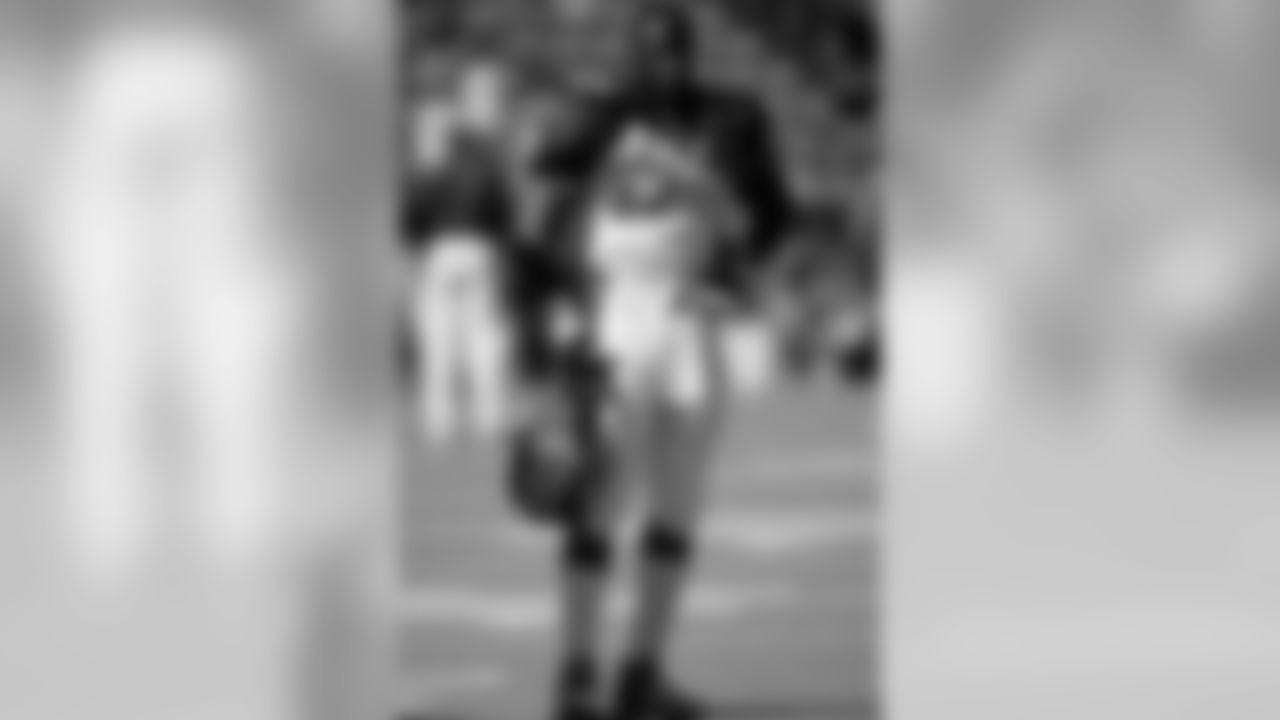
1988: LB Ken Harvey, California

1989: LB Eric Hill, LSU
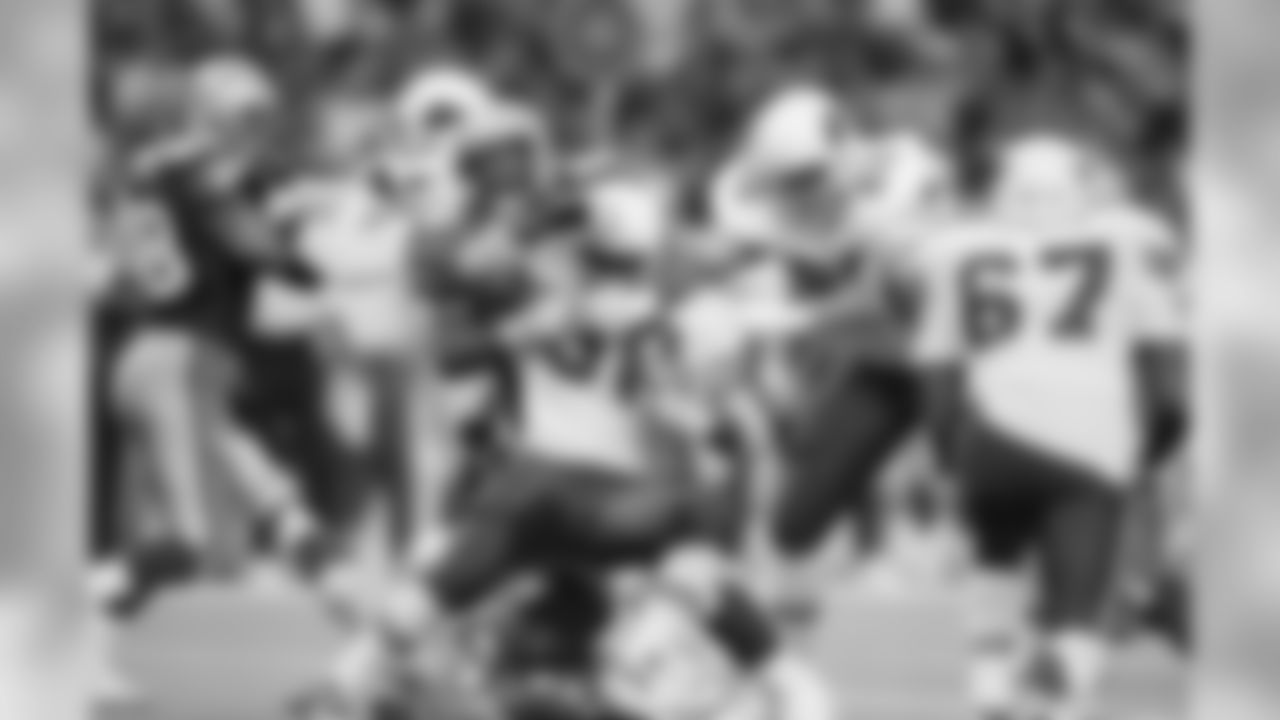
1989: OL Joe Wolf, Boston College (No. 68)
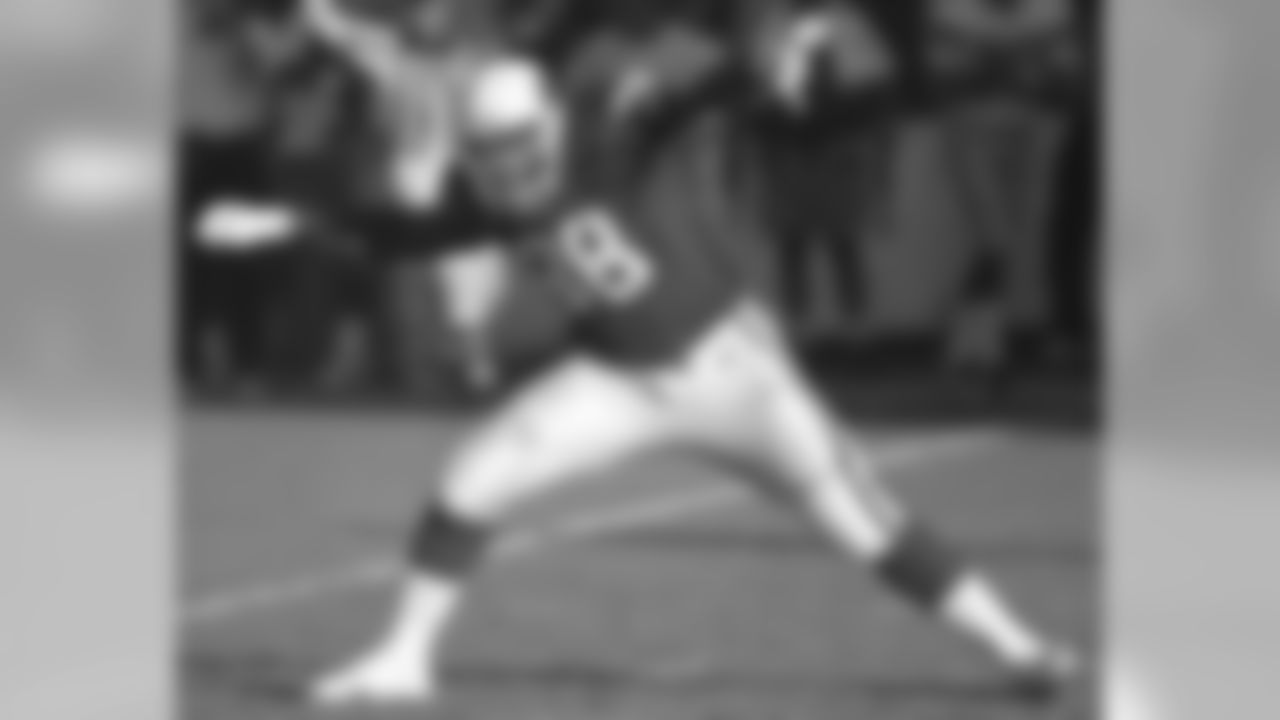
1991: DL Eric Swann, no college
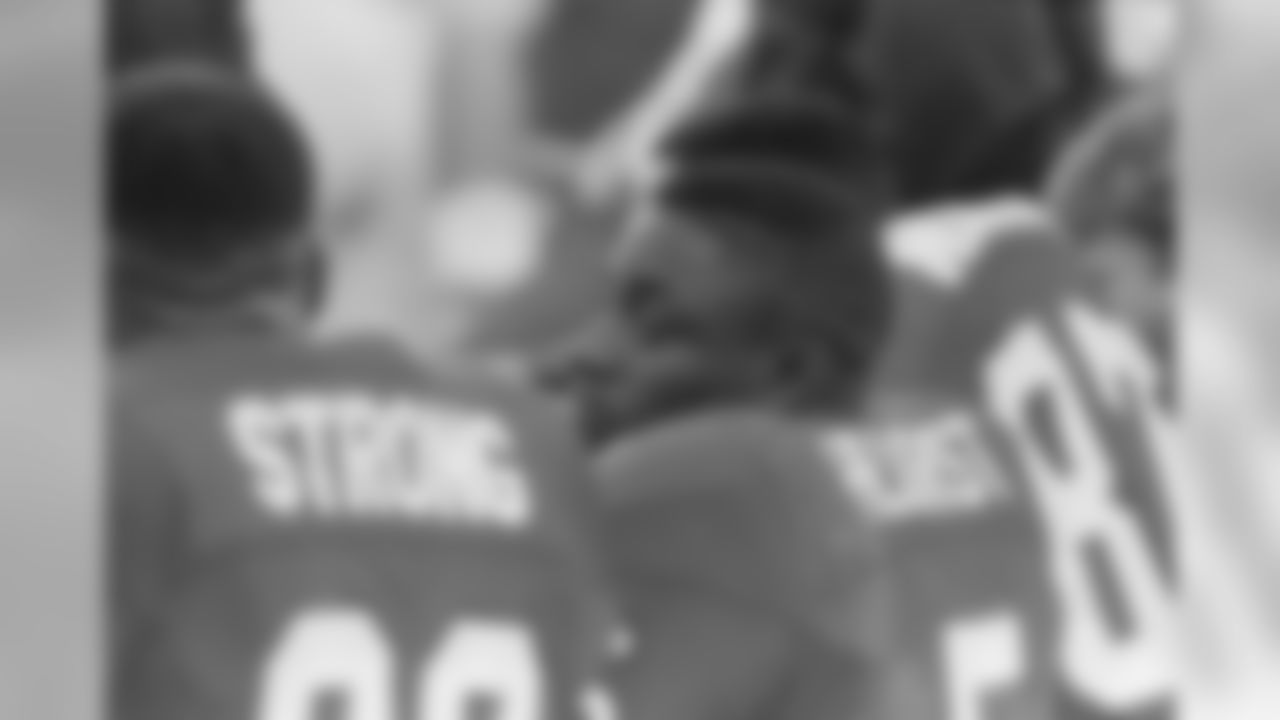
1993: RB Garrison Hearst, Georgia

1993: OT Ernest Dye, South Carolina

1994: LB Jamir Miller, UCLA (No. 95)
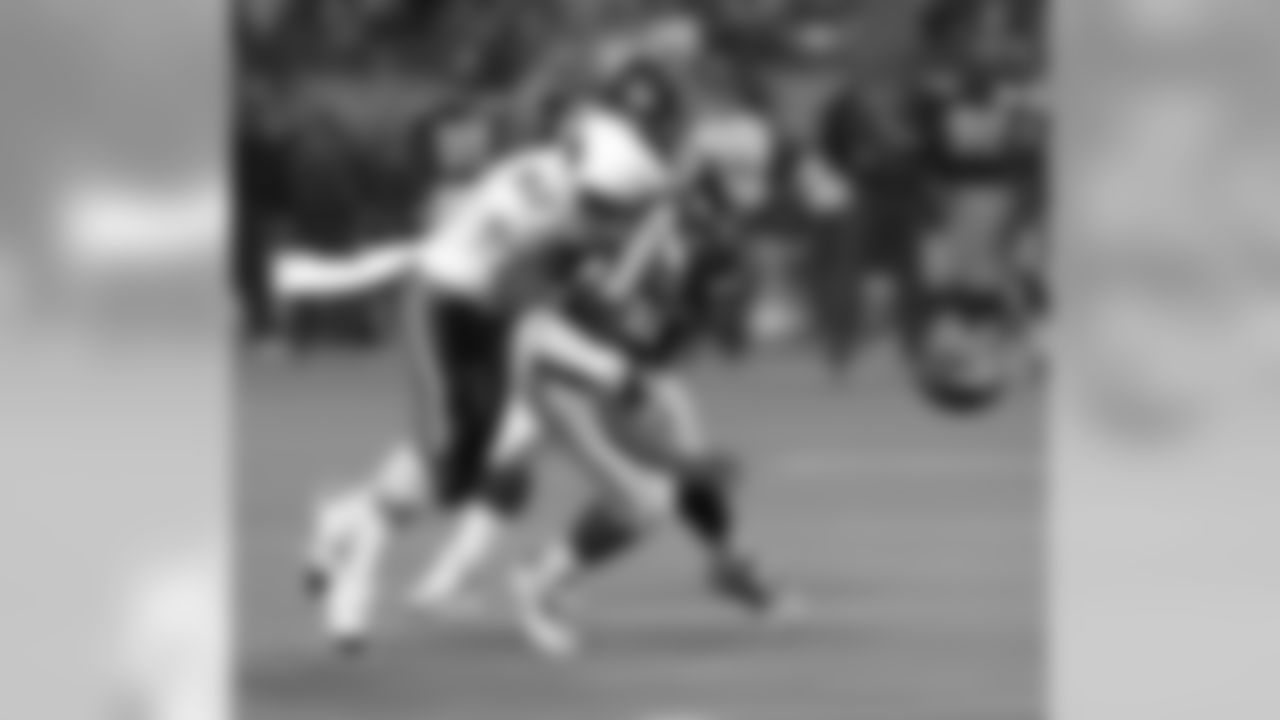
1996: DE Simeon Rice, Illinois

1997: CB Tom Knight, Iowa

1998: DE Andre Wadsworth, Florida State
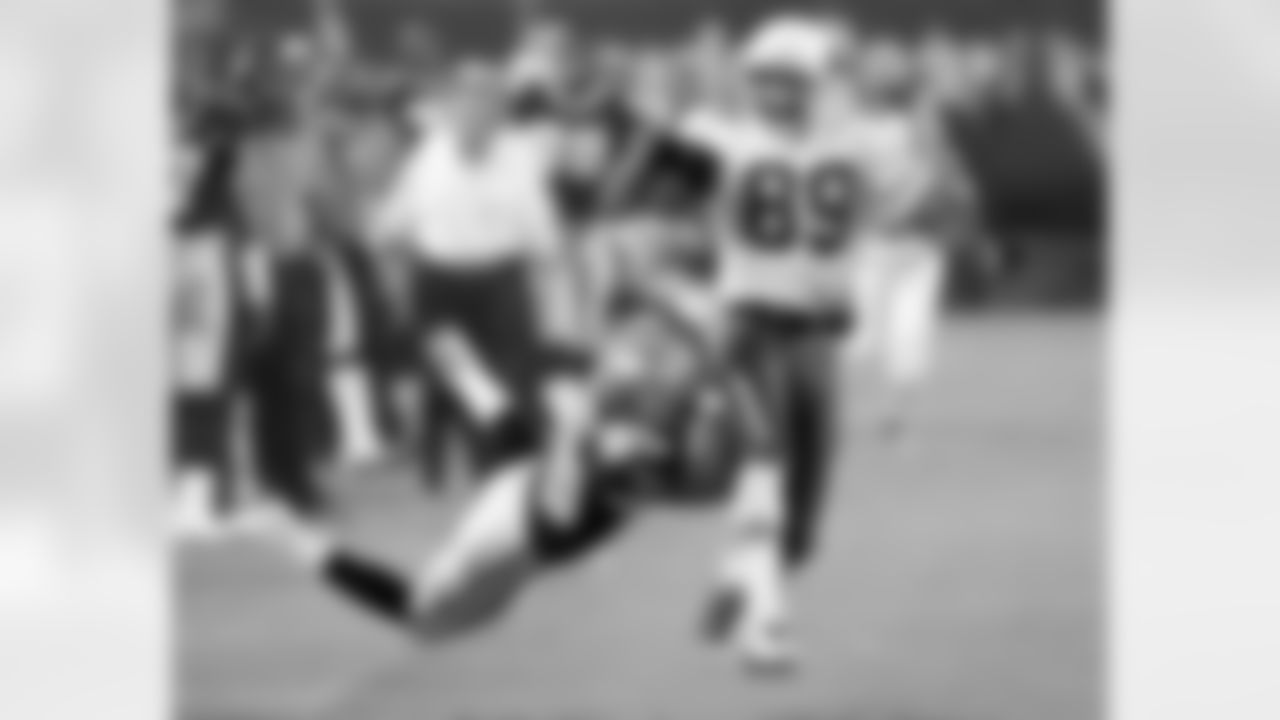
1999: WR David Boston, Ohio State

1999: OT L.J. Shelton, Eastern Michigan

2000: RB Thomas Jones, Virginia
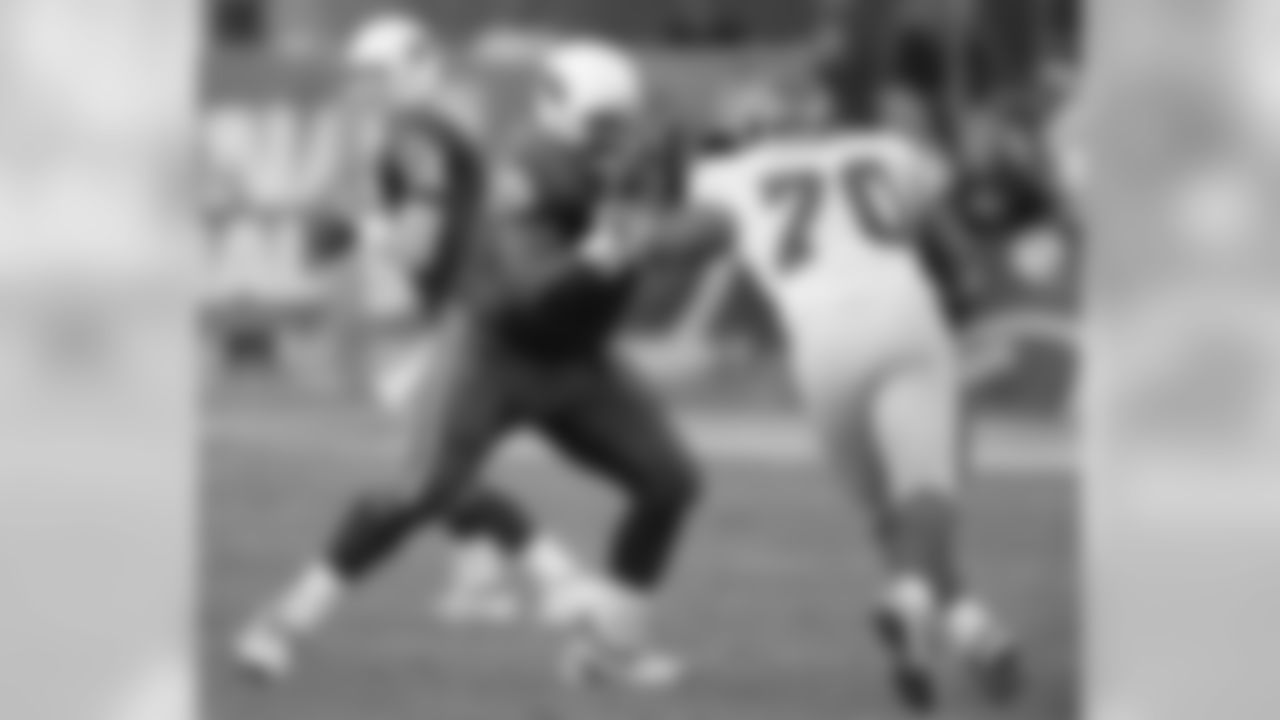
2001: OT Leonard Davis, Texas

2002: DT Wendell Bryant, Wisconsin
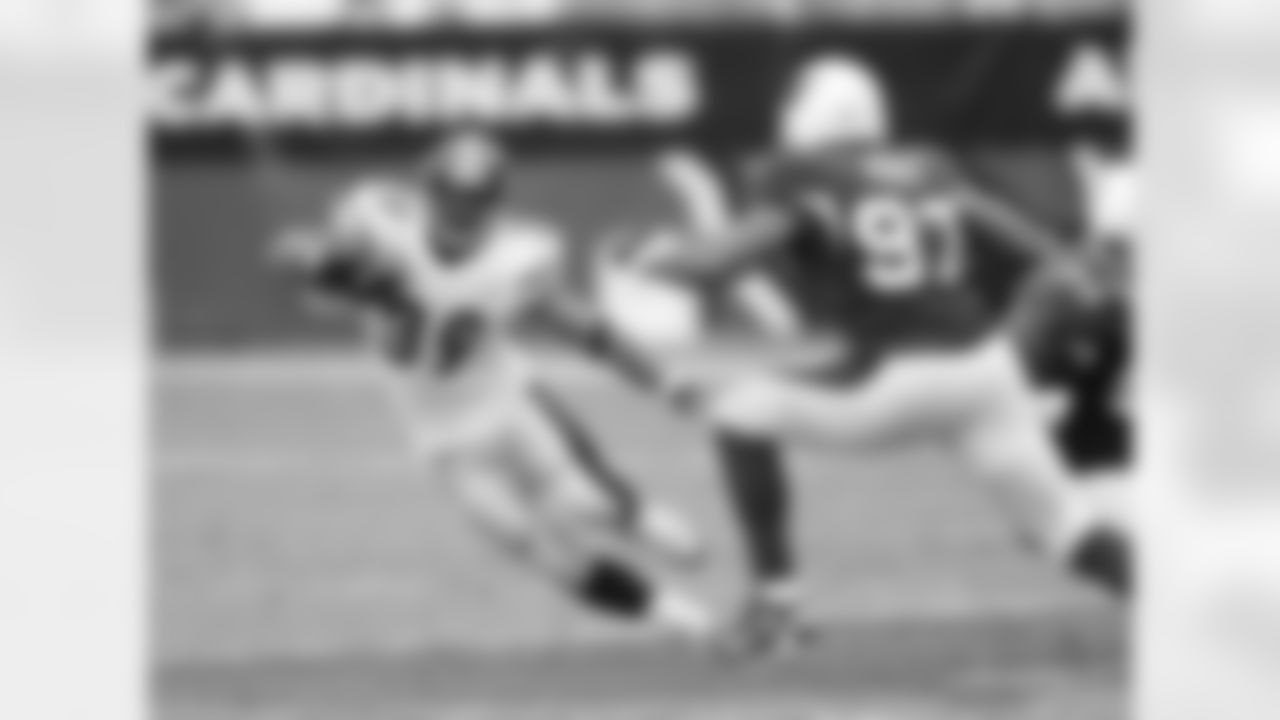
2003: DE Calvin Pace, Wake Forest
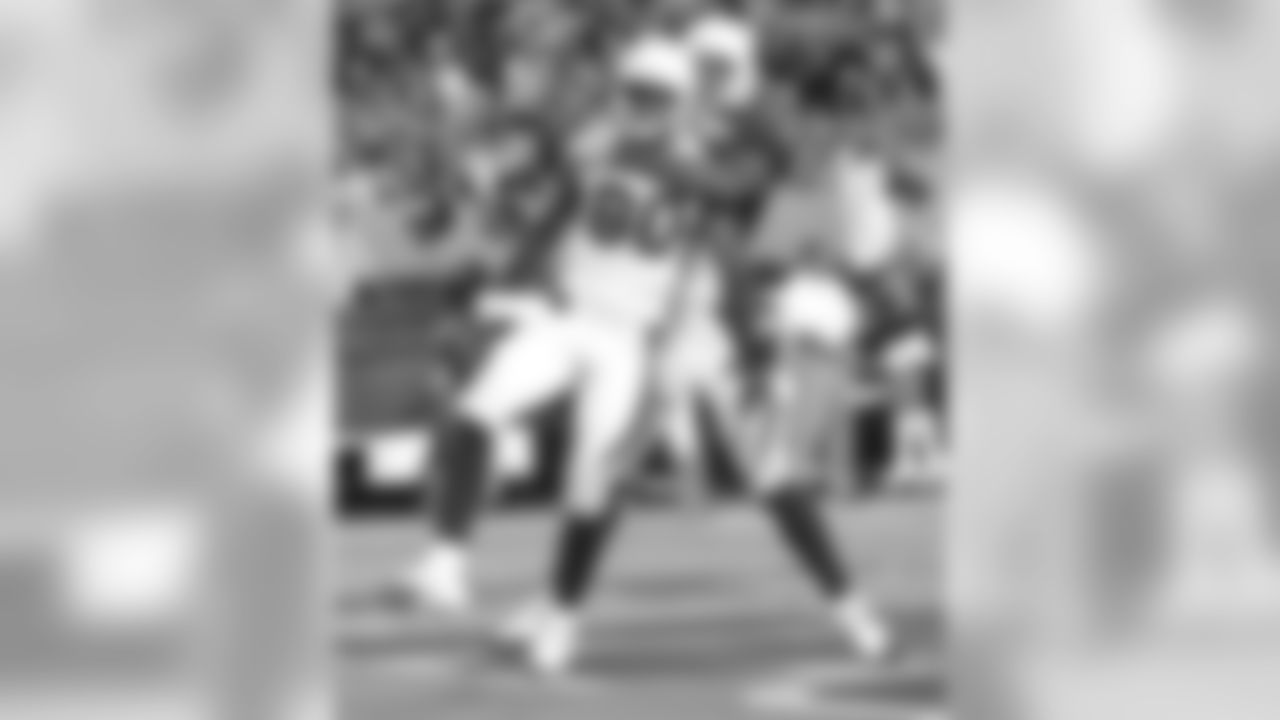
2003: WR Bryant Johnson, Penn State

2004: WR Larry Fitzgerald, Pittsburgh
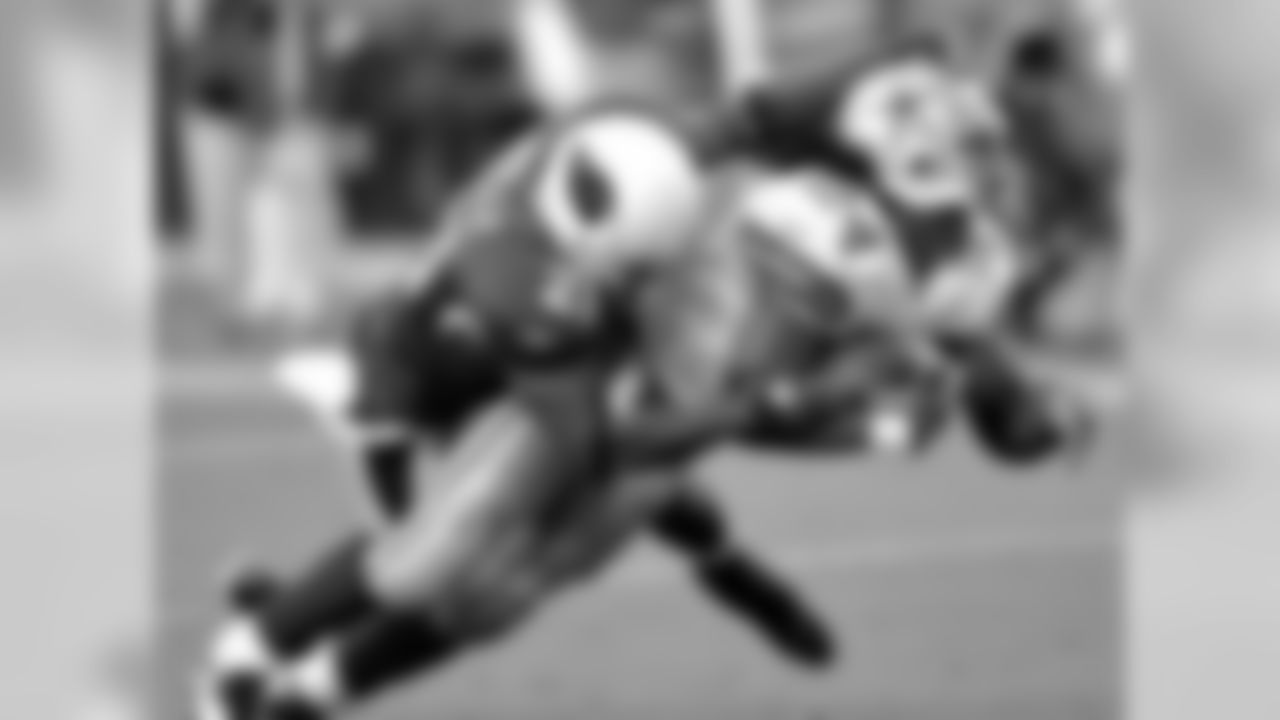
2005: CB Antrel Rolle, Miami
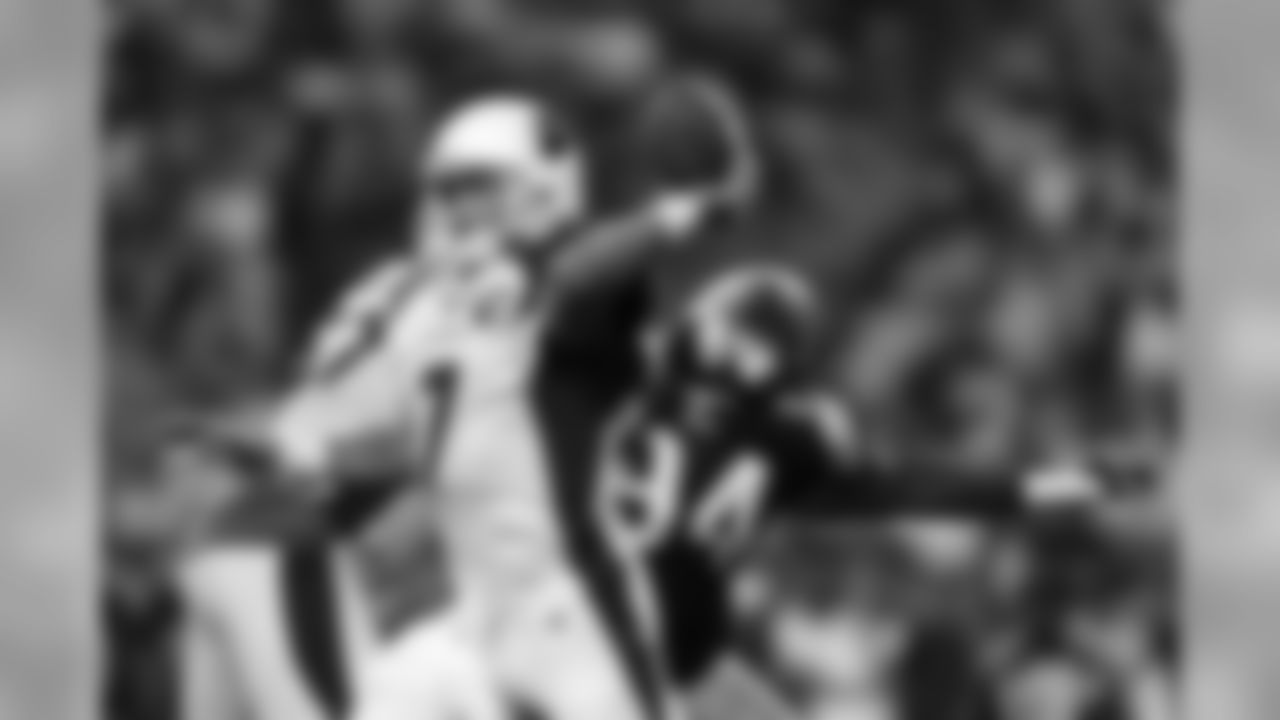
2006: QB Matt Leinart, USC

2007: OT Levi Brown, Penn State

2008: CB Dominique Rodgers-Cromartie, Tennessee State

2009: RB Beanie Wells, Ohio State
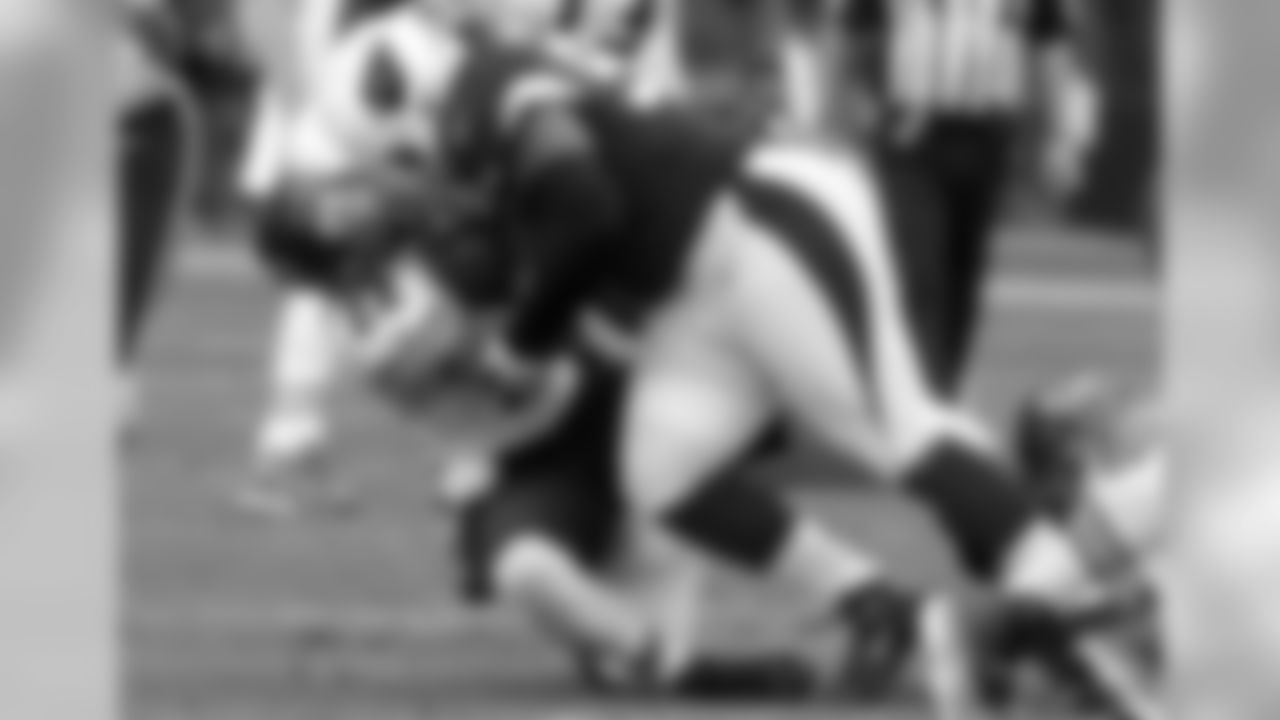
2010: DT Dan Williams, Tennessee
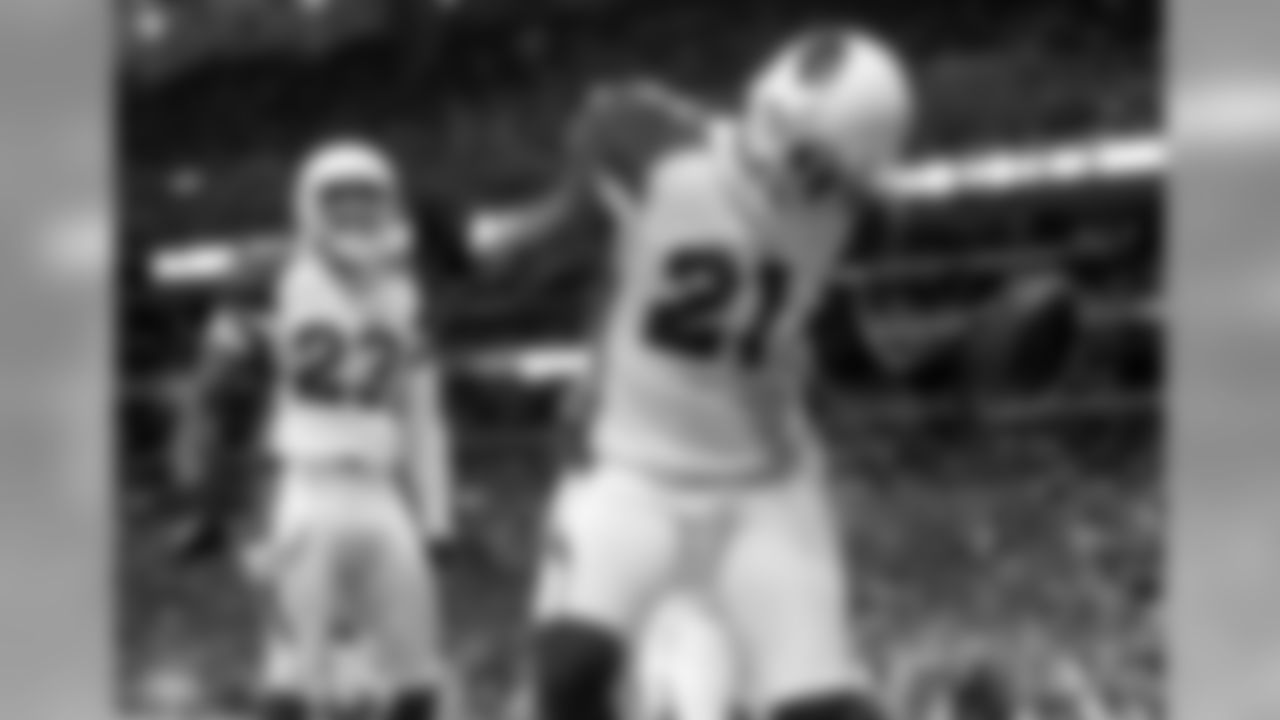
2011: CB Patrick Peterson, LSU

2012: WR Michael Floyd, Notre Dame

2013: OG Jonathan Cooper, North Carolina















